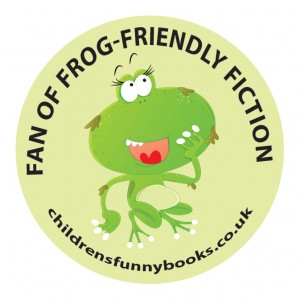Recently, I’ve started writing stories involving frogs (frog-friendly fiction as I like to call it). When some of my drafts were being edited there were one or two features I was challenged on regarding my characters. For example, in one story I had the frog signing a document, but then I received an editorial comment questioning whether frogs have hands. I thought it was interesting that I didn’t get questioned further about whether frogs could sign documents…
Author research for books
Anyway I realised that I needed to do a bit more research on my croaking friends and I learned a lot of new things about them as a result (this is what the Internet was invented for!). For a start it didn’t seem right to describe my frog as having hands (OK guilty as charged on that one). There was the option of using foreleg or hindleg, but that sounded far too technical and so I naturally opted for the frog in my book signing the official document with his backside (take that Editor!). I also found out that many of our poor froggy friends are in danger and there are quite a few campaigns to help them. I have a frog character in another story who faces an environmental disaster but I had no idea that this was so close to the truth.
This brings me to a related subject: The difference between frogs and toads . It’s a question that has probably not puzzled philosophers for centuries, but it’s on that that’s been preoccupying me for one of my stories. Whenever I’ve come across them in stories, toads have always been the bad guys. Guess what I found? Apparently, there is no real difference between frogs and toads! So those poor old toads have been bashed in lots of old stories, but there’s no real underlying reason why they should be singled out from frogs. I think I may have stumbled upon something profound here that could change the face of modern children’s literature!

